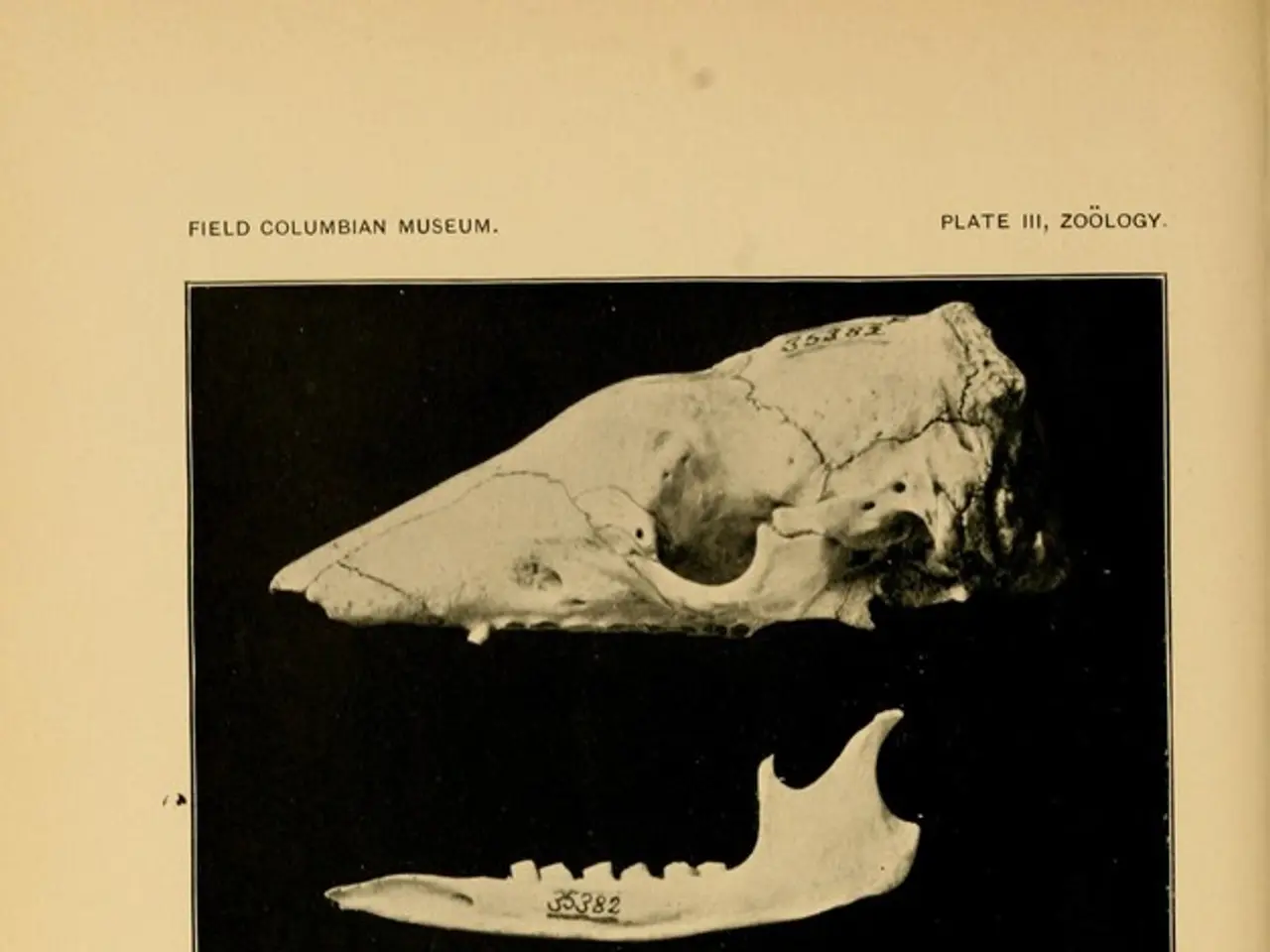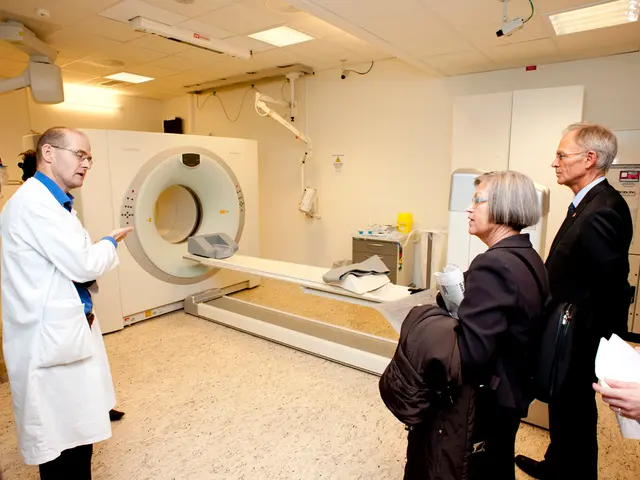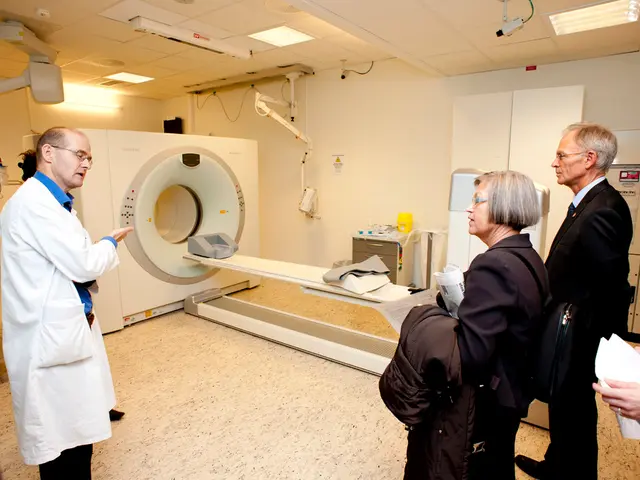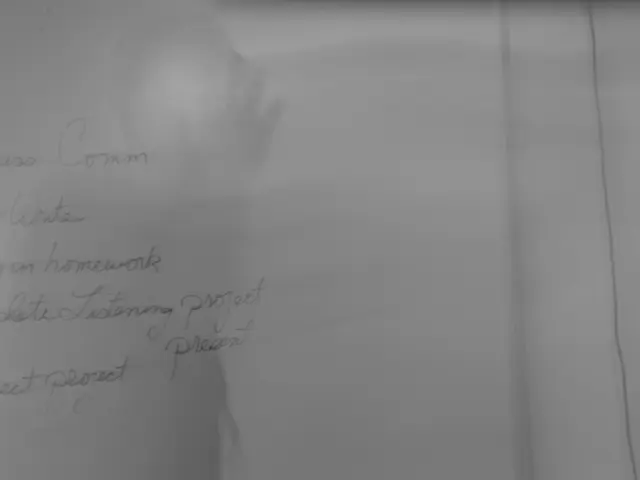Over 70,000 tissue samples ready for transplantation use
In a significant development, the German Institute for Cell and Tissue Replacement has reported an increase in the number of available tissue transplants last year, despite a slight decrease in donations. This improvement is largely due to an optimized production process that allows for more transplants to be harvested from existing donor tissue.
The optimized production process involves advancements in how donated organs and tissues are preserved, prepared, and allocated. Improved protocols and technology can extend the viability of tissues, reduce wastage, and increase the number of usable grafts derived from each donor.
According to Jürgen Ehlers, CEO of the German Institute, the optimized process allows for more individual transplants to be derived from fewer donated tissues. This efficiency in processing and utilization ensures that fewer donated tissues go unused, effectively boosting transplant availability even when donor numbers drop.
In the reporting year, 3,278 people donated tissue, which is 15 fewer than the previous year. The number of tissue donations from deceased donors also decreased slightly, from 353 to 349. Despite this decrease, the better use of available tissues compensates for this decline, leading to an overall rise in transplant numbers.
The Institute's primary focus is the treatment of severe burn victims. Approximately 70,000 tissue transplants (such as skin, tendons, or bone) were made available last year, catering to the high demand for tissue transplants, as reported by Jürgen Ehlers.
The German Institute for Cell and Tissue Replacement is a non-profit organization that produces bone and soft tissue transplants, as well as cell cultures. The institute's advancements in immunosuppression, organ preservation, and support devices contribute to higher success rates and more effective use of transplants, thus expanding the transplant pool without requiring more donations.
The institute reported this increase on Monday, highlighting the significant strides made in the field of tissue transplantation. The improved production process is a testament to the Institute's commitment to optimizing its operations for the benefit of patients in need.
The optimized production process at the German Institute for Cell and Tissue Replacement, focusing on advanced preservation, preparation, and allocation methods, facilitates a higher number of usable tissue transplants from each donor, thus extending the viability of tissues and reducing wastage. Hence, despite a slight decrease in donations, medical-conditions like severe burns can still be addressed through the availability of science-backed health-and-wellness enhancements, such as skin, tendon, and bone transplants.




